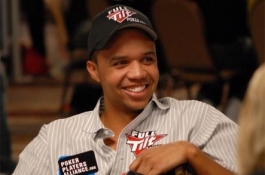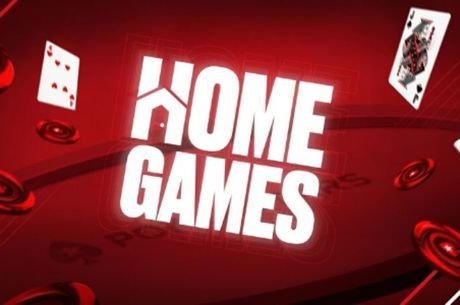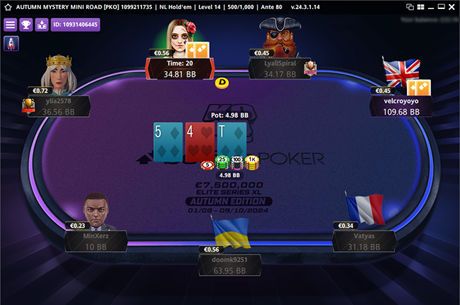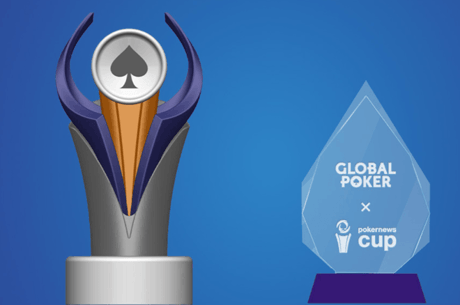Are High-Stakes Games Getting Too Big? Part 1

With the recent explosion of high-stakes online poker action, resulting in huge million-dollar swings, the question must be asked: how high is too high?
Clearly, only a handful of players are capable of even sitting down in these games, let alone winning, so we decided to look more closely at whether the nosebleed action is good or bad for poker.
In part one, we look at the positives that the absurd swings of money offer. Later this week, part two will look at the downsides.
High-stakes online action puts people in the seats.
Big games bring railbirds and attention to the game, which is something it desperately needs when there is a lull in televised tournament action. People desperately want to watch the best players wager ridiculous amounts because for most people there is a sense of insanity attached to hands in which a million dollars is at risk.
Regular people don't play these stakes or bet these amounts, so watching the action is the closest they can get to being involved in a high-stakes game. The more people who talk about the high-stakes action, the better off the game will be because the sport needs as much publicity as possible to keep players coming to the game.
These kinds of players should be able to gamble at whatever stakes they want.
Many people who play high-stakes online cash-games are choosy gamblers, who, if the action desn't suit them, simply won't play.
To get someone like Phil Ivey to sit down and spend his time playing, the action has to be worth his while. Keep in mind that this is the same guy who can just jump on a plane and find a craps game in which he can wager millions. Players like Ivey are going to play where the payoff or loss factor actually makes them feel something.
Fortunately, Full Tilt offers stakes that are meaningful enough to entice these kinds of players to the game. If Full Tilt didn't offer such stakes, we might not see some of these high-stakes players except when they are forced to play tournaments because of their representation deals.
The bottom line is that these kinds of players live to play nosebleed poker, and they understand the risks and rewards that come with the action. Nothing is wrong with giving them a venue in which they can battle it out.
High-stakes players balance their risk by playing games and formats that work to their advantage.
Except for a token few players, such as Guy Laliberte who frequently lose, the majority of the high-stakes online players are extremely good at what they do. That's why they do it. They have learned how to find advantages over opponents and capitalize on them. They understand that they could drop down in stakes and find softer games, but they choose not to do so because they are of the mantra that you have to play the best to be the best.
Much of the action between these types of players is often spread in ways so the players can feel comfortable, so it's not as if these guys are going into the action with no clue.
For example, the "durrrr Challenge" was set up because Tom Dwan believed he had a serious advantage over other players as long as they played the format for which he felt he had an advantage. He consciously chooses to set parameters for his play and he understands that he is one of a few people who can. That is why Dwan and others like him play these games. They are the best at what they do, and they always think they have the advantage.
Be sure to join us later this week for part two of the debate. Start small by opening up an account at Full Tilt Poker, and get in the action yourself.








